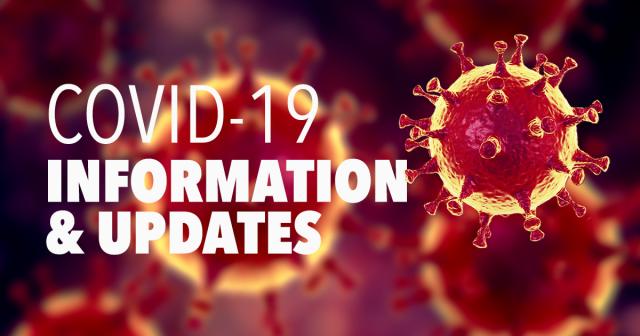

: Admin : 2020-09-22
The novel tool, described in the journal ACS Nano, is a fluorescent nanoparticle probe with the spike protein that is present on the surface of the SARS-CoV-2 virus, which it uses to bind to human cells and enter them.
Scientists have developed a new tool that mimics how the novel coronavirus which causes COVID-19 enters and infects cells, an advance that could potentially speed up the search for treatments against the deadly disease. The novel tool, described in the journal ACS Nano, is a fluorescent nanoparticle probe with the spike protein that is present on the surface of the SARS-CoV-2 virus, which it uses to bind to human cells and enter them.
According to the researchers, including those from the National Center for Advancing Translational Sciences (NCATS) in the US, the probe could be used in tests to rapidly gauge the ability of therapeutics to block the actual virus from infecting human cells.
“Our goal is to create a screening system to find compounds that block SARS-CoV-2 from binding to cells and infecting them,” explained Kirill Gorshkov, a co-author of the study from the Naval Research Laboratory (NRL) in the US.
Since using the actual virus in such screening studies would be difficult and require special facilities, the scientists said they used nanoparticles to mimic the viral function of binding to and invading the host human cell.
“We at NRL are experts in nanoparticles, and the NCATS researchers are experts in drug screening using cellular systems. So, it was the perfect match,” explained Eunkeu Oh, another co-author of the study from NRL.
To create the probe, the scientists built an ultrasmall fluorescent particle called a quantum dot, fashioned from cadmium and selenium. According to the researchers, these particles are at around 10 nanometers in size, which makes them 3,000 times smaller than the width of a single human hair. They studded the quantum dots’ surfaces with a section of the SARS-CoV-2 spike protein which binds to ACE2 — a human cell surface protein.
The study noted that the first step in the pathway to novel coronavirus infection is the union of the spike protein with ACE2. The scientists could track the dots’ behaviour under a microscope based on their fluorescent glow. “Because they’re such bright fluorescent objects, the quantum dots give us a powerful system to track viral attachment and effects on the cell in real time,” Gorshkov said.
The researchers observed how the nanoparticle probes attach to ACE2 in a lung cell line commonly used in coronavirus assays. According to the scientists, the probes were not toxic to the test cells at the concentrations and exposure times used in the study. While the quantum dots followed the SARS-CoV-2 pathway into cells, they said the probes also mimicked the virus in the presence of antibodies, which are proteins made by the immune system that can specifically neutralise invading foreign agents like viruses.
The study noted that the antibodies were potent inhibitors of the quantum dot probes as well, preventing them from binding to ACE2 and entering human cells. Based on the observation, the researchers said the quantum dot probes could help rapidly test the ability of potential therapeutic agents to block the virus from entering and infecting cells.
They said assays using the probes could also determine the concentrations at which potential treatments may safely and effectively block infection.
“Using the quantum dots, we could create tests to use in drug screening and drug repurposing, using libraries of compounds that have activity but that also are approved by the U.S. Food and Drug Administration,” Gorshkov said.
“Such assays could rapidly identify promising, safe treatments for COVID-19,” he added.
The scientists believe the probe’s flexible design can allow researchers to swap in spikes that bind to other receptors as well since ACE2 may not be the only protein SARS-CoV-2 targets. According to the researchers, the probe could also be used to test how mutations in the spike change the way the virus behaves by adding mutated spikes to the quantum dots.
Disclaimer: This article is sourced from financialexpress.com without any changes in the contents thereof. Only the title has been edited by Meddco.com The facts and the opinions appearing in the article do not reflect and describe views of meddco.com
Meddco covaxin diseases infectious disease covid-19 crisis coronavirus antibody tests coronavirus infection corona virus covid-19 coronavirus mask coronavirus vaccine pandemic coronavirus coronavirus in india coronavirus test covid-19 test coronavirus treatment covid-19 treatment therapies book appointment affordable treatment packages surgery packages doctor near me hospital near me hospitals doctor
No Comments